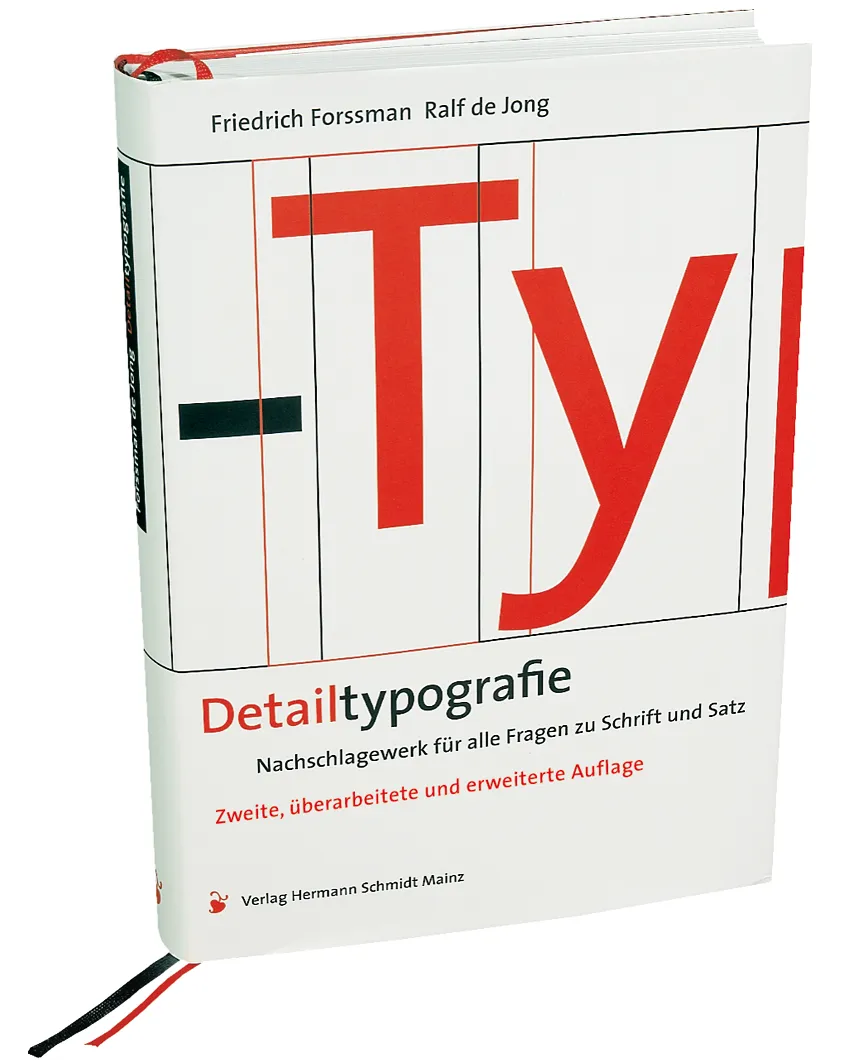About Luc(as) de Groot
Published May 08, 2018. Last updated Jun 13, 2024.

Berlin-based Dutch type designer Luc(as) de Groot is best-known for his superfamily Thesis: TheSans, TheSerif, TheMix, TheAntiqua, with monospaced and even Arabic variants. But his repertoire is much wider and his type became a subtle part of everyday life. Luc(as) has designed custom fonts for newspapers such as Folha de S.Paulo, Le Monde, Metro, Der Spiegel, taz.die tageszeitung, Freitag, Jungle World – in addition to creating corporate type for international companies including Sun Microsystems, Bell South, Heineken, Volkswagen and Miele. He developed two font families for Microsoft: the monospaced font family Consolas, as a successor for Courier, and Calibri, the long-time default typeface in MS Word.
Luc(as) de Groot is also a father, husband, illustrator and master of many crafts. As a devoted type technician and hinting lover, he invented the Anisotropic Topology-Dependent Theory of Interpolation, and teaches type design at the University of Applied Sciences in Potsdam, Germany. He runs his type foundry LucasFonts and design studio FontFabrik in Berlin and gives lectures around the world. His overall aim: to make the world a better place by designing typefaces that look pleasant and work well under any circumstances and in as many languages as possible.
Graphic designers across the planet have discovered the special qualities of Luc(as)’s fonts. They are attracted by their functionality and friendly appearance and love the enormous range of possibilities that each family offers. Many also appreciate the idiosyncrasies – a quest for extremes that lead Luc(as) to some of the narrowest, thinnest, wittiest and boldest typefaces around.

Friedrich Forssman on Luc(as)
“Astonishingly, there seems to be a rule that a really good type designer cannot be a really good typographer – and vice versa. Fortunately there are also exceptions to the rule. The Dutch designer Luc(as) de Groot is a case in point. One might assume that a designer who has produced a type family that has grown to contain over 300 fonts (and the Thesis project is still being expanded) must be a highly specialized type designer; a designer whose work can only be appreciated by a small circle of colleagues.
“This is not exactly the case for Luc(as) de Groot. Although specialized in type design, he is also a trained typographer. His approach to type design is the best approach to any design: dissatisfaction with what is available. When working on a broad range of typographic jobs – corporate design, magazines, books – he observed that most typefaces simply weren’t complete enough – that they did not provide enough weights, special glyphs and ligatures to be an adequate tool for complex tasks. And so he designed a type family that offers almost endless variety on the one hand, and is lively and wonderfully readable on the other – in all sizes, even in all-caps, without kerning or spacing corrections.
“With this double talent as a type designer and typographer, Luc(as) de Groot has not yet been fully characterized. What makes him a sought-after speaker and a competent university professor – and a star of the scene – is his wit and self-irony. These qualities have also resulted in a number of idiosyncratic type designs which experiment with legibility or offer the user the possibility to steplessly morph inconspicuous grotesque capitals into pornographic grotesques. His sophisticated Thesis, by far the best structured type family available, as well as his numerous other typefaces, have also benefitted from De Groot’s ever-present playfulness, even at the conceptual stage. At the same time, his experimental alphabets are never arbitrary or random, but conceptually and formally thrilling.”